- Learning time
- 30 minutes
- First play time
- 45 minutes
General Orders: World War II
Designed by: David Thompson,Trevor Benjamin
General Orders: World War II is a two-player game of tactical combat. The goal for both sides is to control the most valuable areas on the board at the end of the fourth and final round – OR to claim an instant victory by gaining control of your opponent’s headquarters, which are opposite ends of the map. We’ll describe the introductory (Alpine) board here.
Each player has five commanders and 25 troops, a number of which are placed on the map before play begins. Finally there’s a support board between both players as well. Over each round, players take turns placing a commander on an available action space and triggering the action.
There are five actions in the Alpine game, allowing you to add more troops to the board (Reinforce/Paradrop) attack opposing troops (Barrage) move troops into adjacent areas (Advance) which may trigger combat, and Plan, which allows players to pick up cards – which we’ll come to shortly.
Combat is very simple: the defending side rolls dice – usually just one – to reduce attacking troops. Once that’s resolved, each side removes troops until only one side has troops left (or if each side has the same number of troops, the area will end up empty).
The cards can be played to boost normal actions: for instance, more troops added to the board, more powerful attacks, even cards that can help defend – played during your opponent’s turn. As well as the battle for control, each side must be careful that the areas they control are in supply, which means areas that connect through control areas connect to each other and link back to their headquarters. Any area not in supply can’t be reinforced OR score points at the end of the game.
Finally certain areas have a special benefit which varies according to a randomised set-up, and choosing when and where to gain control can be pivotal. Once you’ve played the Alpine side of the board a few times, you can flip it over to try out the Island side, which introduces new pieces (airplanes!) and new concepts.
The guru's verdict
-
Take That!
Take That!
Plenty. The entire game is about trying to control as much of the map as you can, and making sure you hamper your opponent as much as possible.
-
Fidget Factor!
Fidget Factor!
After that first play or two, General Orders can play at a reasonably zippy pace - or a little slower and more thinky, depending on who's playing. Players who both approach the game the same way is the best way to experience it.
-
Brain Burn!
Brain Burn!
The Alpine board has five different actions, but some of them (Advance) appear in many places on the board, and some cards allow you to 'break' the default rules as a one-off. It's not so much a game about strength in numbers - which is mostly balanced, with combat rarely terribly one-sided - but timing.
-
Again Again!
Again Again!
If you enjoy your second play of General Orders, you'll probably love your third. We've been finding it very moreish!

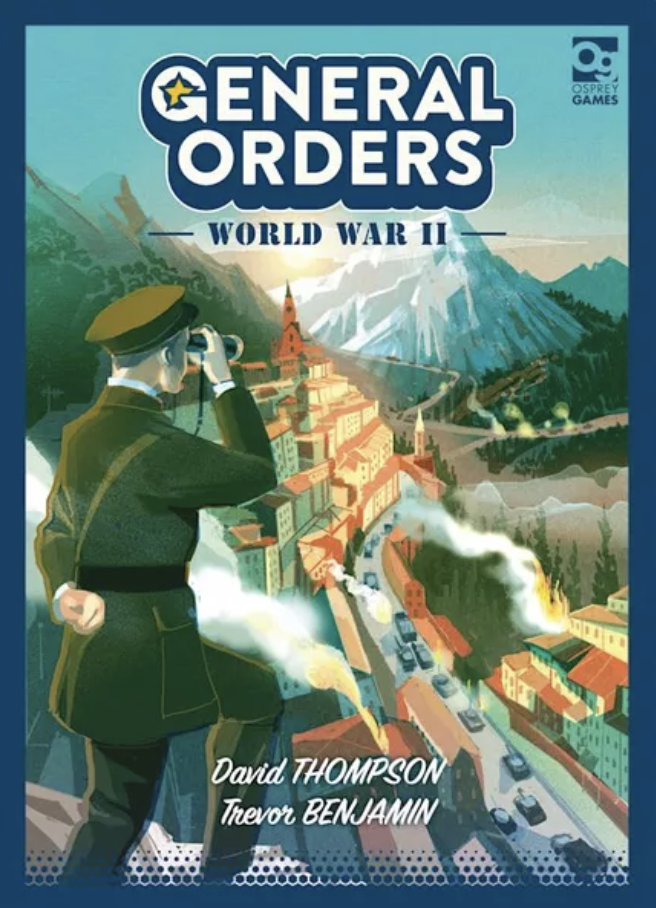

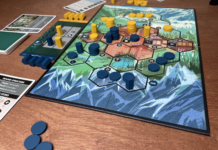



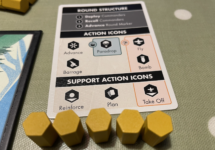




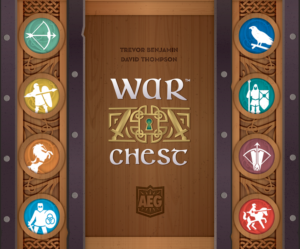

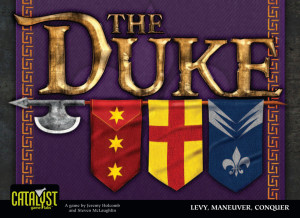
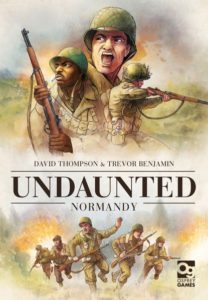
Sam says
It's not the easiest game to explain in words because General Orders, despite the thematic-looking cards, does feel not a million miles from Chess: two sides face off across a geographically vague board, jostling for position. But while it might not be as mechanically pure or classic-feeling as chess, General Orders does undoubtedly come with both strategic and tactical choices that give each play real depth - and yet somehow distills the experience into a tense, punchy, and highly combative half hour. Publisher Osprey Games have also done a different kind of packing - General Orders comes in a small enough package that it's very portable, and in this age of huge boxes packed with stuff - as though more content somehow magically means a better game - it's a wonderful find in more ways than one.